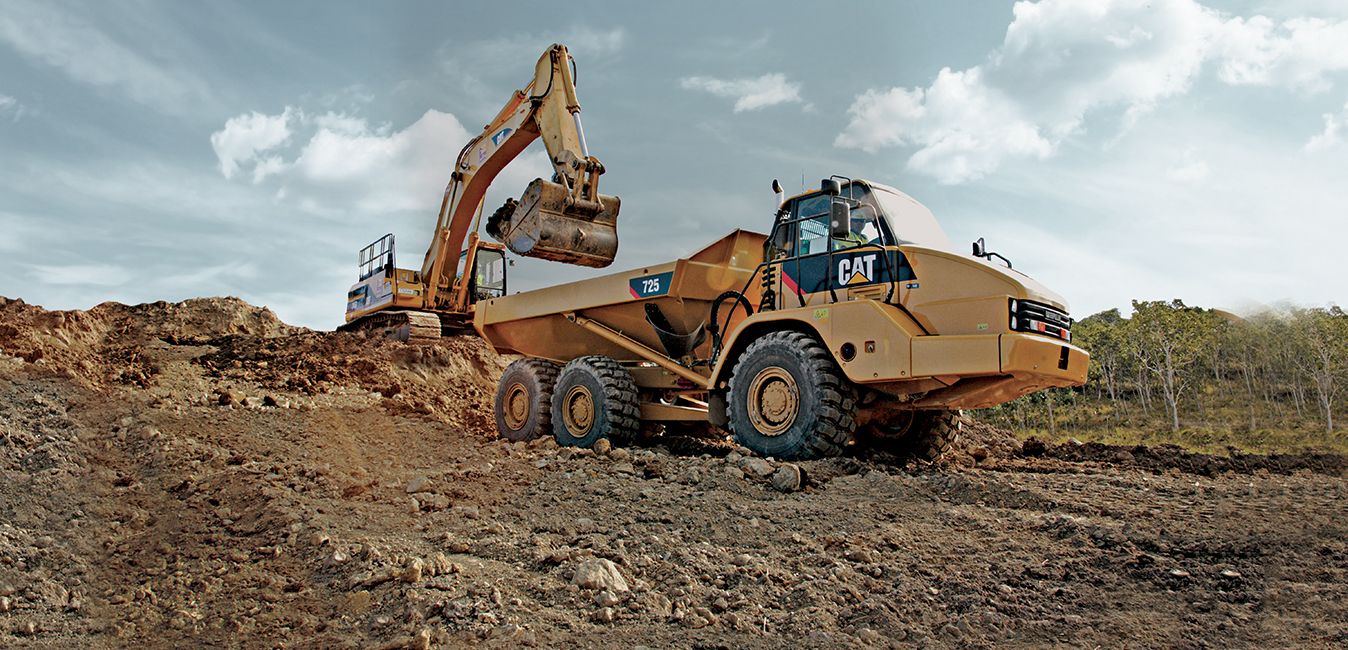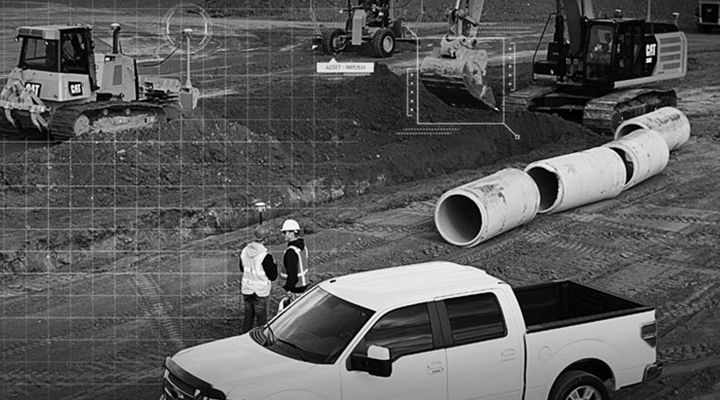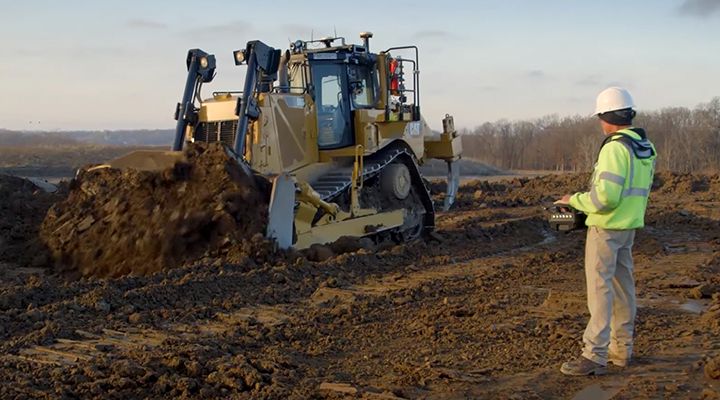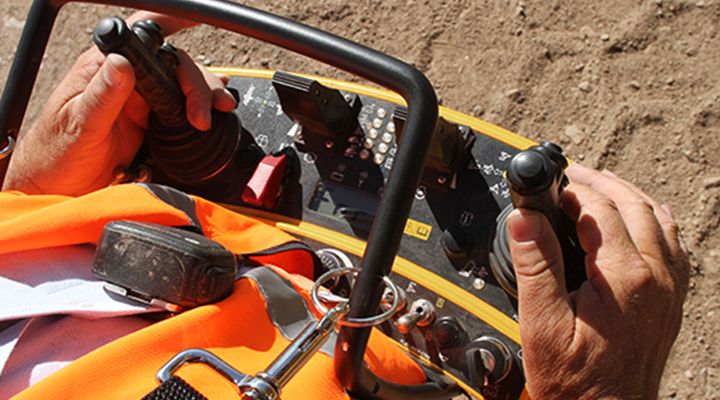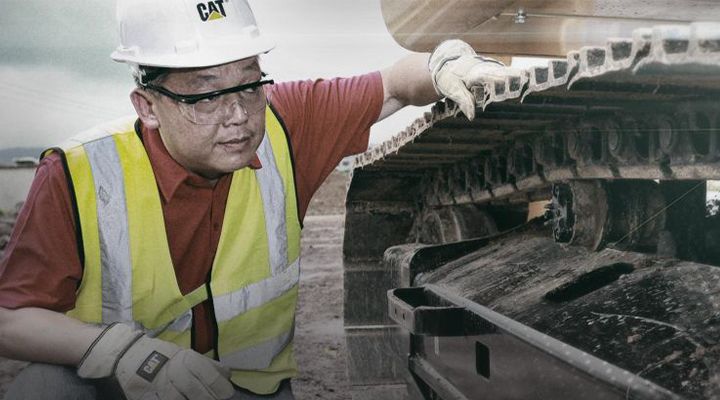

Sign In
Welcome! Sign In to personalize your Cat.com experience
If you already have an existing account with another Cat App, you can use the same account to sign in here
Register Now
One Account. All of Cat.
Your Caterpillar account is the single account you use to log in to select services and applications we offer. Shop for parts and machines online, manage your fleet, go mobile, and more.
Account Information
Site Settings
Security
THREE RULES OF THUMB FOR OPTIMIZING VERSATILITY AND PRODUCTIVITY
Before the economic landslide, increasing productivity was often accomplished by upgrading to the largest machine your budget could support and using smaller machines to perform other tasks around the worksite. But as economic conditions changed, a more focused set of machine selection criteria emerged.
- High productivity—which goes beyond horsepower and capacity to strategically matching applications, materials and project costs to the specifications of the equipment.
- Excellent versatility—so that the equipment has the capability to perform multiple tasks on different sites, reducing the costs of having two machines do the work that one more versatile machine can handle.
- Fuel efficiency—because it’s one of the largest contributors to equipment operating cost, the ideal selection has the power and capacity that’s needed and works at a cost-efficient burn rate.
- Strong ROI—which means getting the expected uptime and revenue from the machine. Continually operating equipment outside of its specifications or rated capacities will reduce productivity, slow the payback period and shorten operating life.
OPTIMIZATION RULE OF THUMB #1
Precisely size up your power requirements
When the goal is to increase production, it’s tempting to select a larger machine with more horsepower and rated operating capacity (ROC) with buckets and tools matched to the machine. Certainly horsepower and ROC are important factors because they determine the amount of force available to move material. However, to truly optimize the performance of the equipment across multiple tasks such as excavating, grading or clearing debris, you should also take a close look at bucket and lift arm breakout forces.
If you work in highly dense materials, you can optimize your productivity by identifying the highest density material you handle, determining how much of it you need to move and matching that to the right bucket. Then, select the right machine to work efficiently with that bucket and capacity.
Travel speeds and boom speeds will also impact productivity with buckets and attachments. Equipment should be matched to the task, material and cycle times you need to achieve to move the most units.
OPTIMIZATION RULE OF THUMB #2
Know Your Lifting Limits
If the machine is going to be lifting heavy objects throughout the entire lifting range, it makes the most sense to compare tipping loads and rated capacities. If you need increased lifting capacity periodically, check out what counterweight options may be available. You may be able to increase stability and avoid having to move into a larger-size-class machine.
OPTIMIZATION RULE OF THUMB #3
Don't just go with the flow, fine tune it.
If you’re planning to use multiple attachments, you’ll want to match the hydraulic horsepower (flow and pressure) to the types of tools you’ll be using. Know the speed and responsiveness that match your production needs.
It also makes sense to assess the cooling capacity of the equipment. Larger coolers with more capacity will dissipate heat more efficiently than machines with smaller coolers and reservoirs. Cooler oil matters because it keeps components on the machine and attachments at lower operating temperatures, which can extend the working life of the oil and the components.
Your Cat® dealer can help you analyze your fleet and optimize versatility and productivity on your worksites. Call today.
Download these tips for matching equipment to the job.
RELATED ARTICLES
You’re here to get ideas to grow your business. Read on for machine insights and expert tips and tricks to get more out of every job.
-
Productivity - More Efficiency. Better Results.
Cat® Technologies gives you the accuracy, consistency and productivity you want.
Learn More -
Automation & Autonomy: What's the Difference?
These words get used interchangeably, creating confusion. To improve consistency, we've defined these terms.
Learn More -
Machine Control & Automation Can Add To Your Bottom Line
Technologies that enhance machine performance can add to the bottom line.
Learn More -
Maintenance Practices 101
Three areas you don't want to overlook.
Learn More

